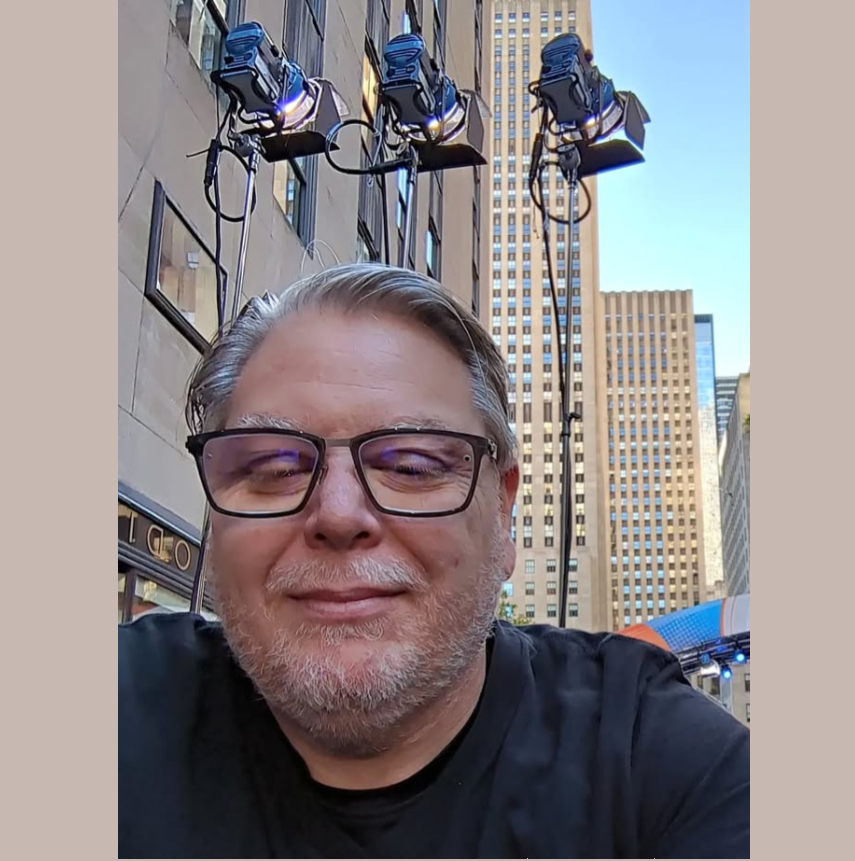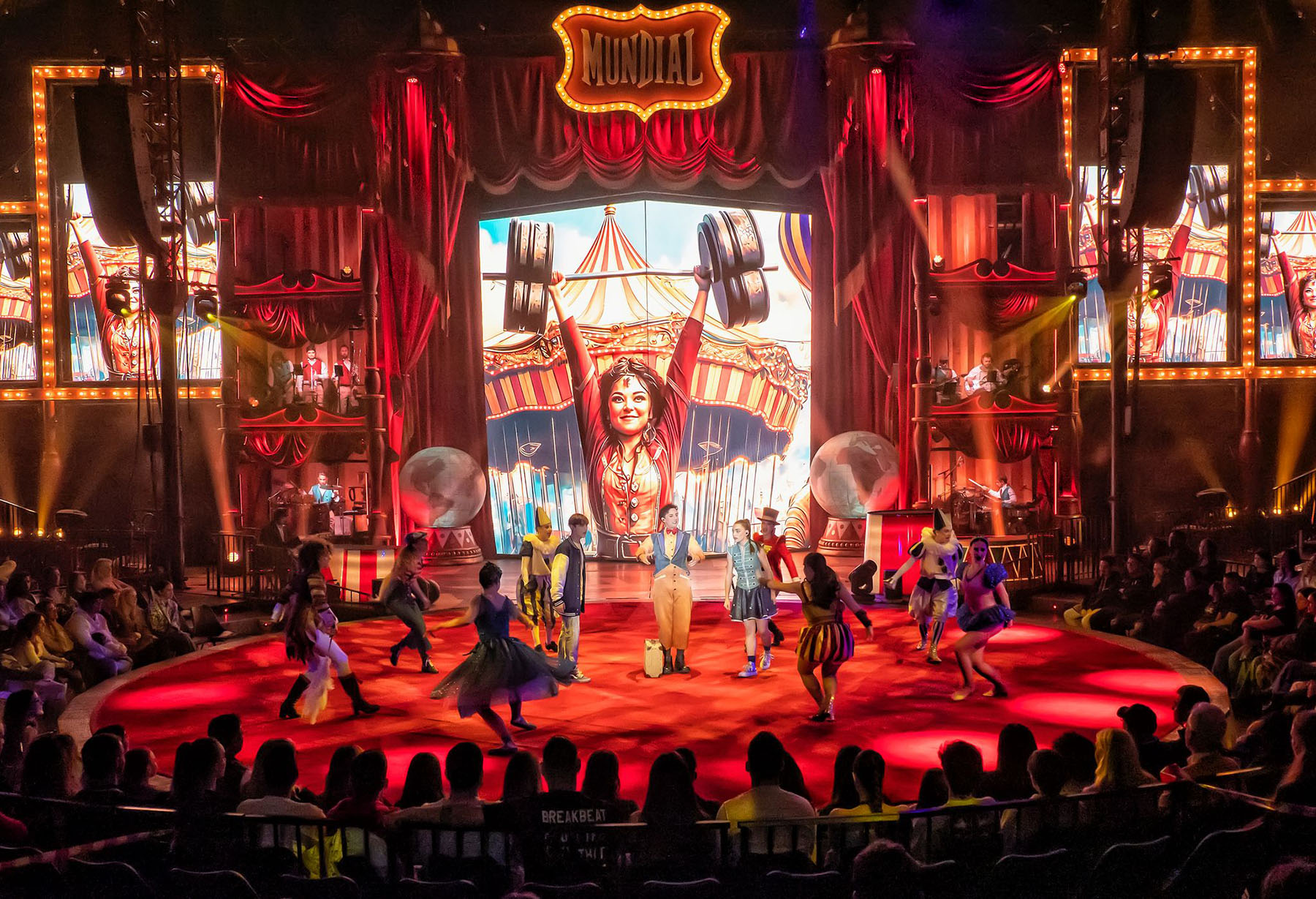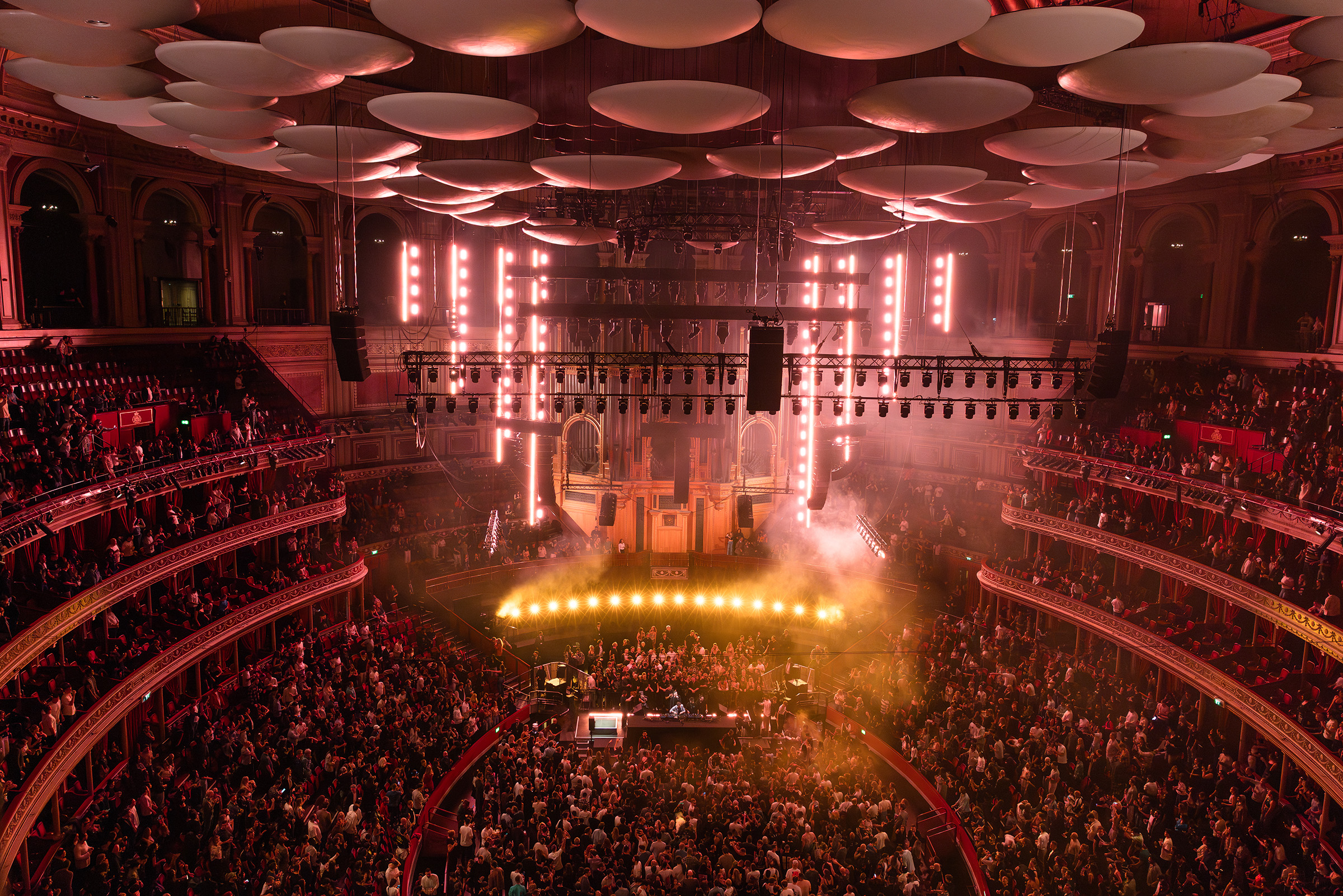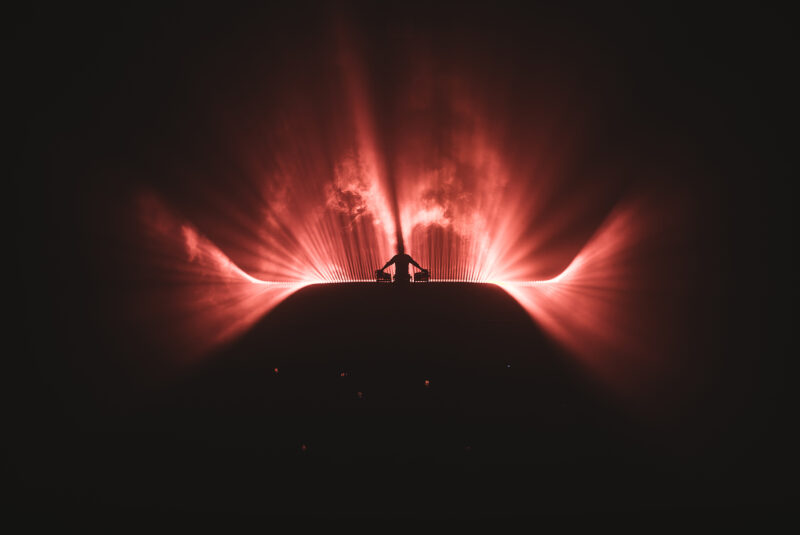
Space is the breath of art, Frank Lloyd Wright once observed before he went on to revolutionize architecture with his open, elemental designs. This philosophy is compatible with the approach that Etienne de Crécy follows with his art. Like Wright who pioneered new ideas in building design, the Lyon-born electronic music maestro has blazed new paths by giving his sounds the space (in both the literal and figurative sense), to flourish.
Just as water and sun nourish the growth of plants, space, free of all unnecessary adornments, allows de Crécy to endow his eclectic mix of music room to expand. This is very evident in his current tour, which celebrates 30 years of his pioneering work, not only in his musical performance itself, but also in the supportive stage production design by Pierre Claude.
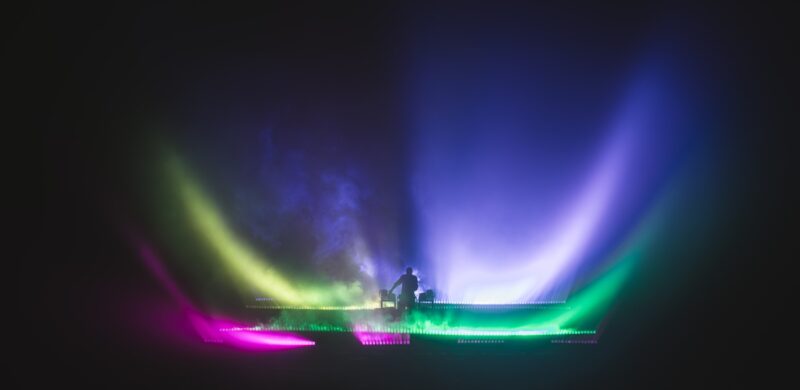
“I love minimalism and I try as much as I can to leave as much space as possible for artists and their music ,” said Claude. “For me, that’s what the audience primarily expects at a concert. Etienne de Crécy wanted to take this even further; he wanted a track to be immediately identifiable by a color, so that on social media, people would know which track is which, just by seeing a photo. He also uses this approach for his album covers, which are very minimalist and instantly recognizable. We have one single color per song –saturated colors for the fast tracks and pastels for the calmer ones. I used white for the most visually complex song, so that the color wouldn’t take over. There’s also one track that mixes RGB and brings out the CMY.”
Boldly and bravely, Claude relied on only one fixture in his minimalistic rig, the CHAUVET Professional COLORado PXL Curve, supplied by Léon Van Empel’s S Group. “Étienne has always had technically complex designs, even though they looked simple,” noted Claude. “He often incorporates video, but this time, he wanted to use only light, but just one type of projector, which was very difficult for me to program.
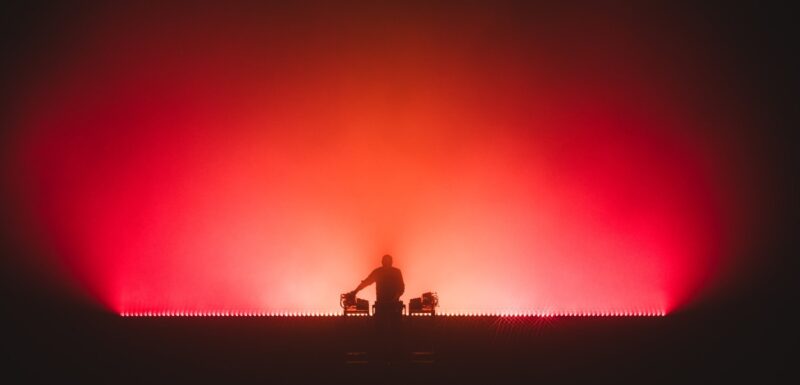
“We also wanted the lights primarily to come from the floor,” added Claude. “There was to be nothing visible above Etienne. We work on the depth and width of the stage, which creates an incredible three-dimensional effect. I also wanted a line behind his shoulders, as well as one on a truss upstage , which we use very little but provides a different perspective of the stage.”
Run by touring LD Nico Riot, the tour’s rig is made up of 76 COLORado PXL Curve units. These battens are arranged in eight lines of 10 bars, six of them on the floor, and one in the air. An additional six fixtures are suspended at shoulder height by the riser in the middle of the stage.
“It’s breathtaking to see the stage so empty and stripped-down, yet with extreme brightness,” said Claude. “It was also impressive to see all those bars. With the PXL bars there were many possibilities with the colors and the dimmer, which are very smooth, the fast zoom and tilt. The independent tilt creates breathtaking effects like waves or the Northern Lights.
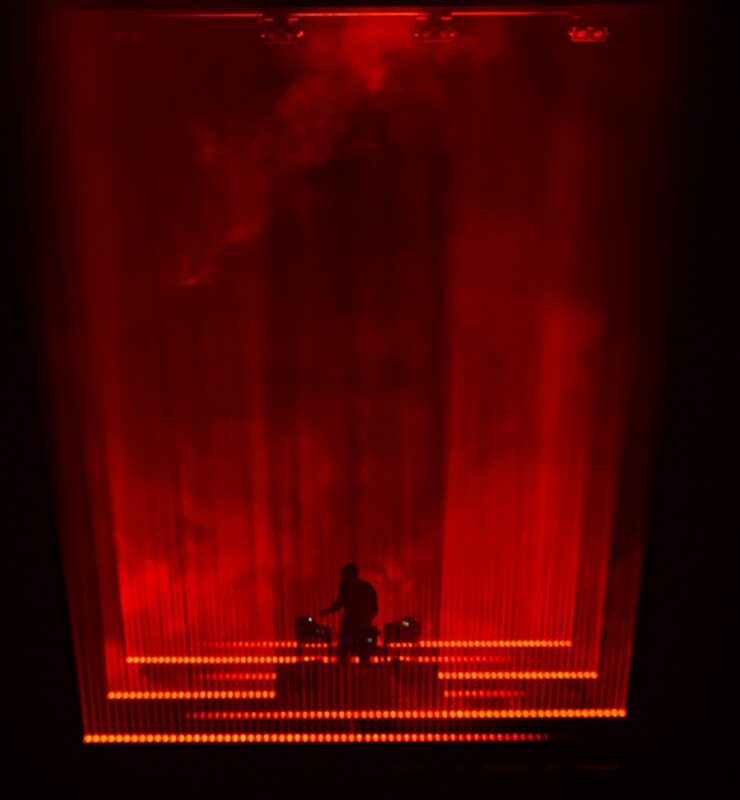
“The bars are very reliable. I was really worried that our excellent operator Nico would have to refocus every day because that’s a total of 912 tilts,” continued Claude. “It could have been nightmarish, but even after long truck rides and load-in/ load-outa, the motors are very reliable. Nico has been a big part of the tour’s success, as have “Lena Marinot (Blocks), who manages this huge setup with a master’s touch, Square Circle (tour and production management) and Allo Floride (booking and production).”
Nico Riot’s skillful touch played a key role in creating one of Claude’s favorites looks in the show. This occurs during the song “Work,” which kicks in at about the 40-minute mark.“At that point, I think the audience thinks we’ve shown everything we can do up until then,” said Clause. “But it’s a real demonstration of what the Colorado PXL Curve can do and what this design is capable of. The looks change really quickly and are extremely different.”
Of course, not all of the dramatic looks had to do with light. Darkness and silhouettes also were big mood influencers during the show. Looking at this aspect of his design, Claude said, “I really appreciate the concept of artists becoming an integral part of the artwork itself, where their silhouette is woven into the design. It’s not just about their performance being illuminated by the spotlight, but rather, their own physical presence and movement that infuse life and energy into the piece. This approach makes the artist’s body a key element of the artwork, creating a deeper connection between the performer and the visual expression, blurring the line between the two.”
Creating greater power by minimizing something (in this case light)? It’s a concept Frank Lloyd Wright understood, just as Etienne de Crécy does– and so too do inspire lighting designers like Pierre Claude.
Photo Credits: Dorian Meyrieux, Tifenn Lussan, Bruit
Further information about CHAUVET Professional: www.chauvetprofessional.com
